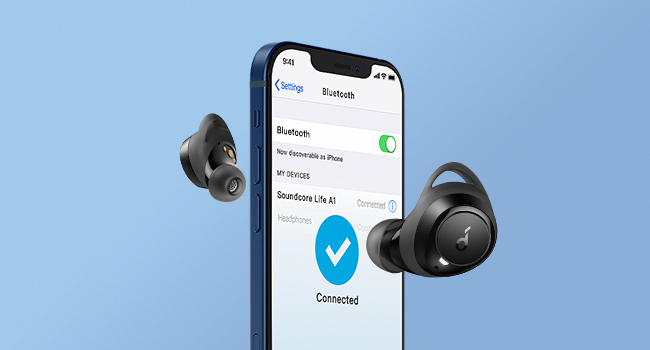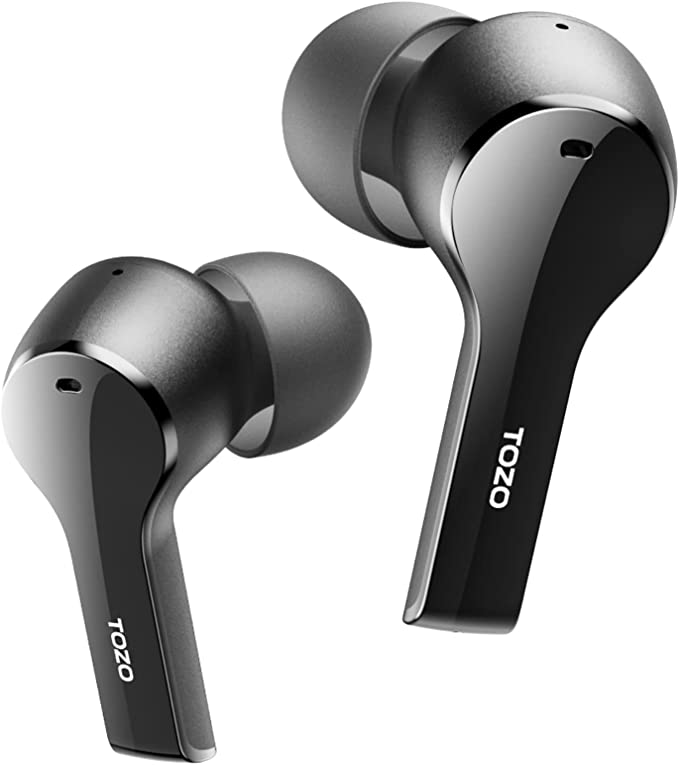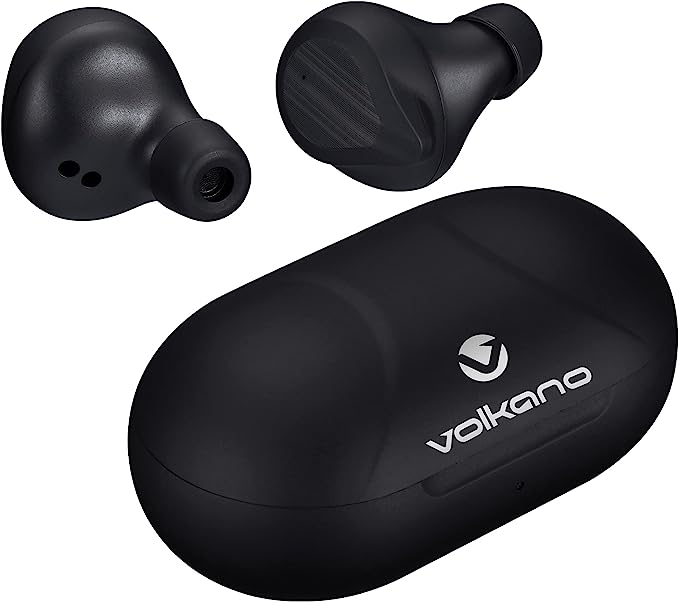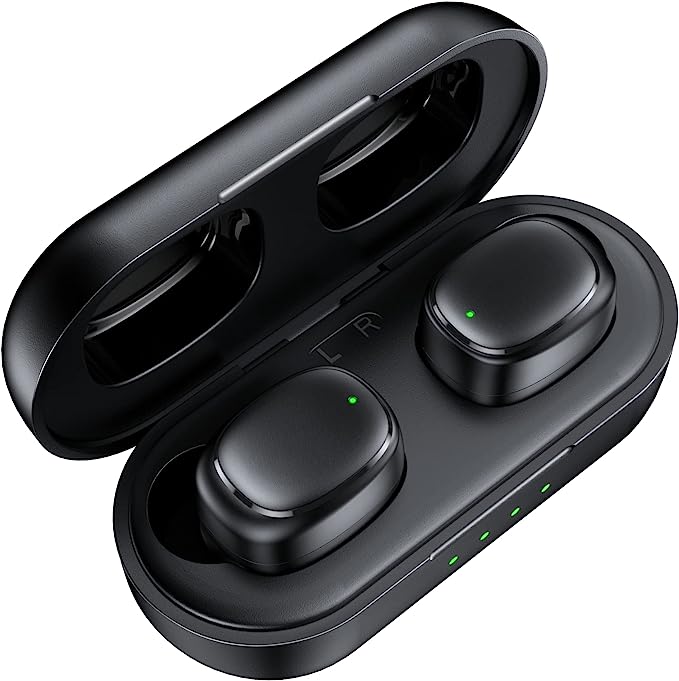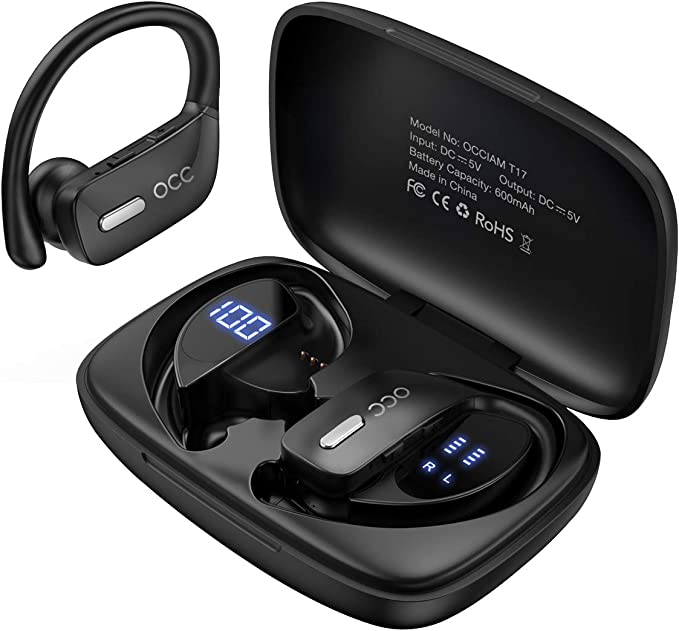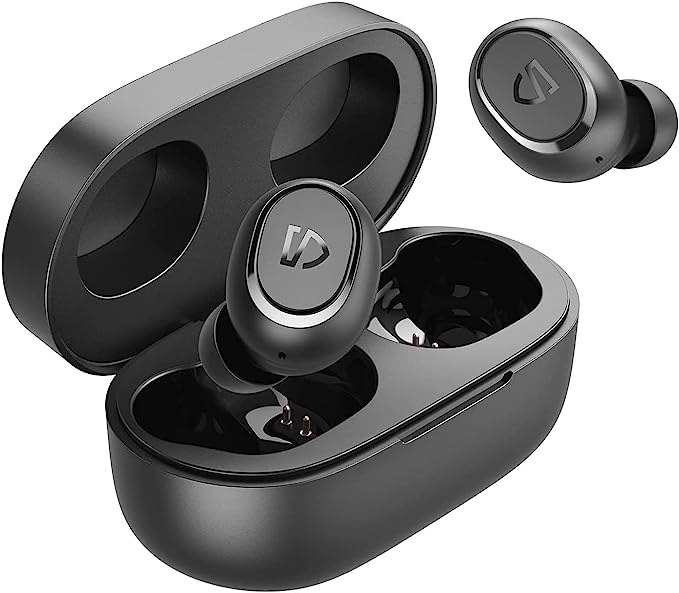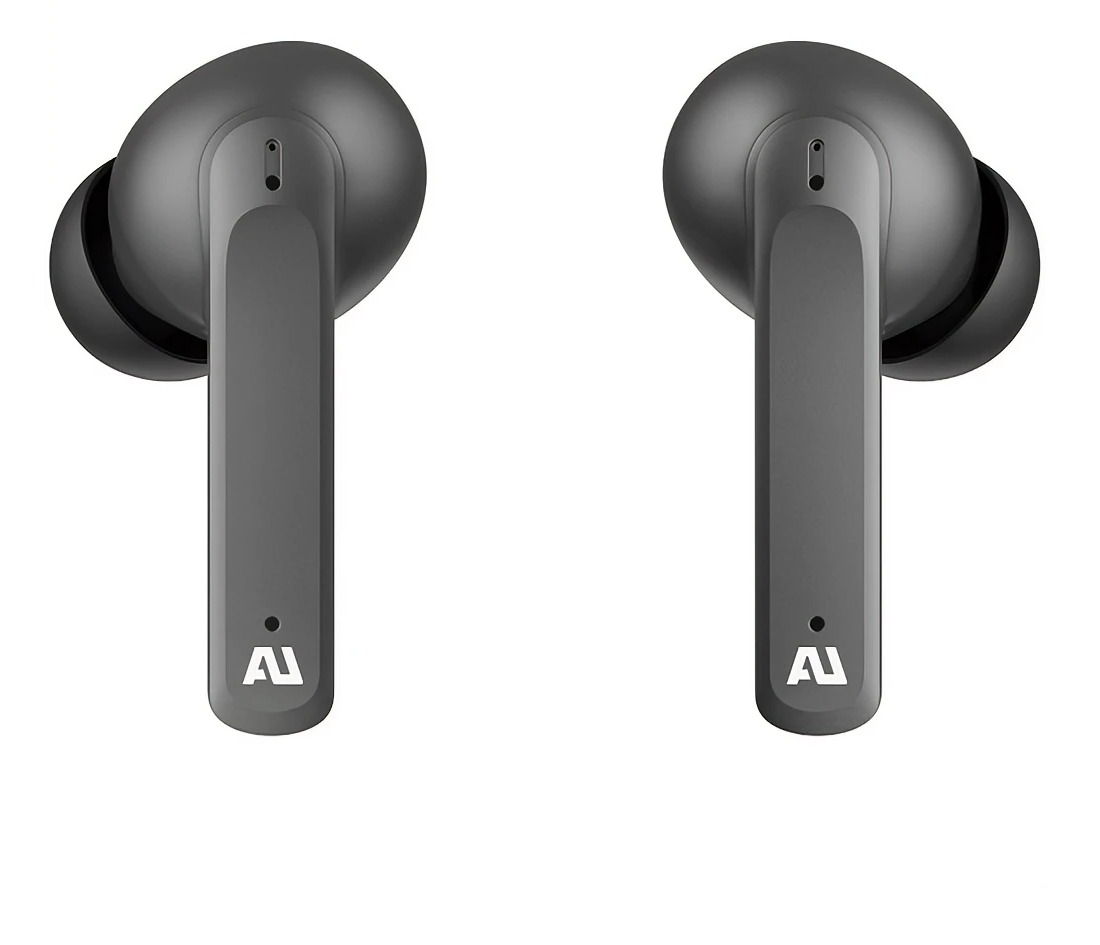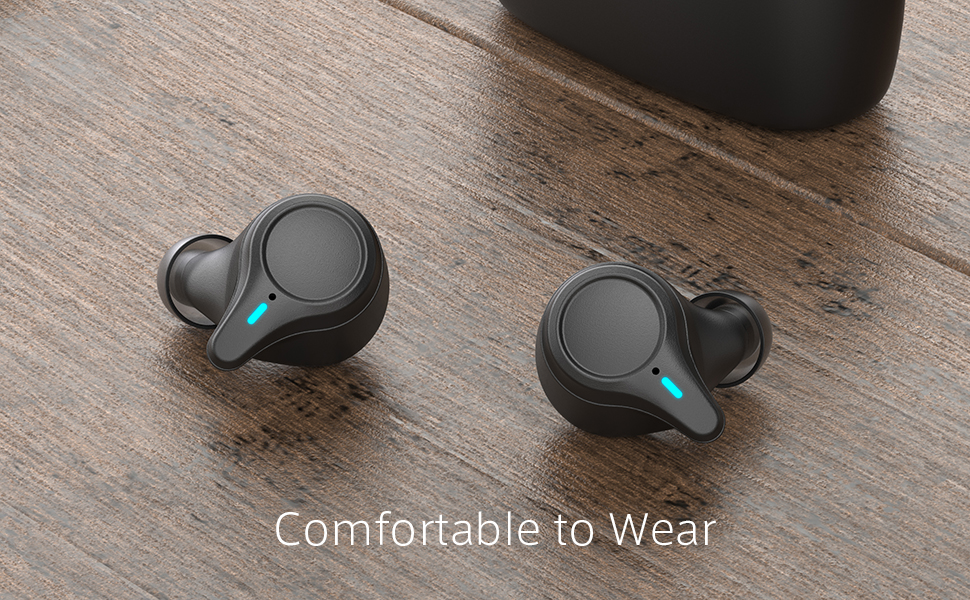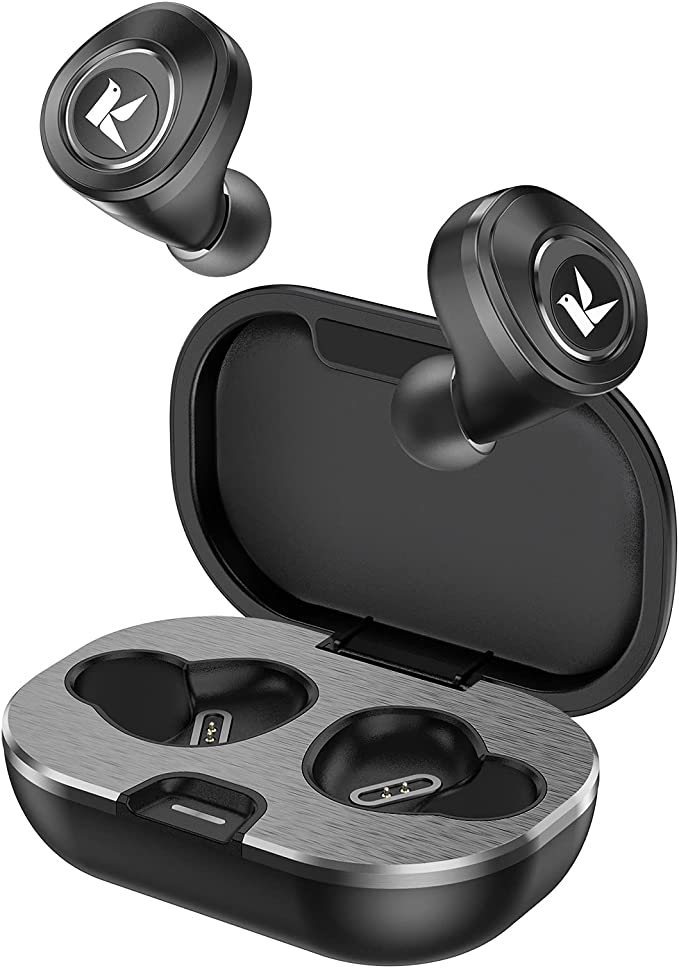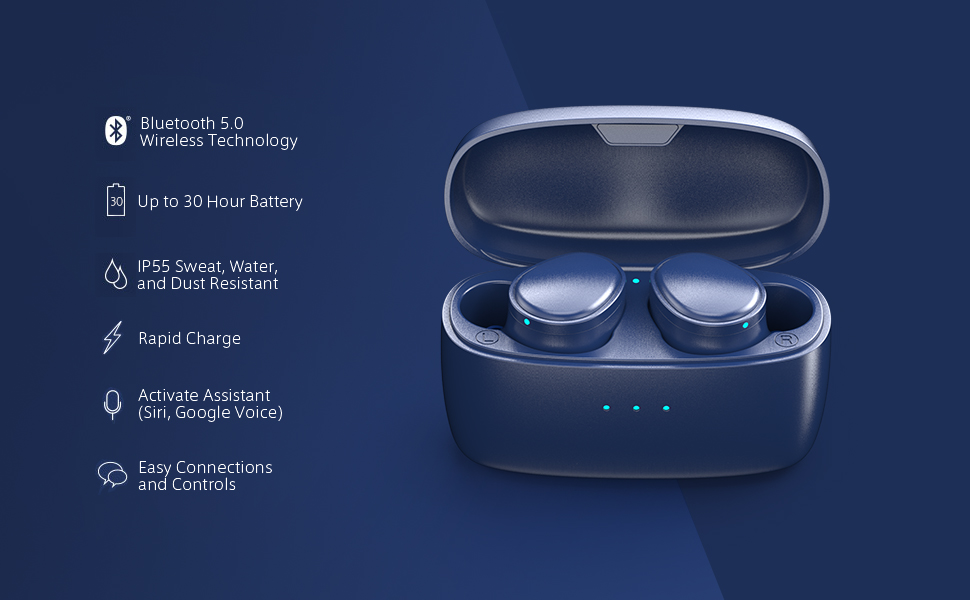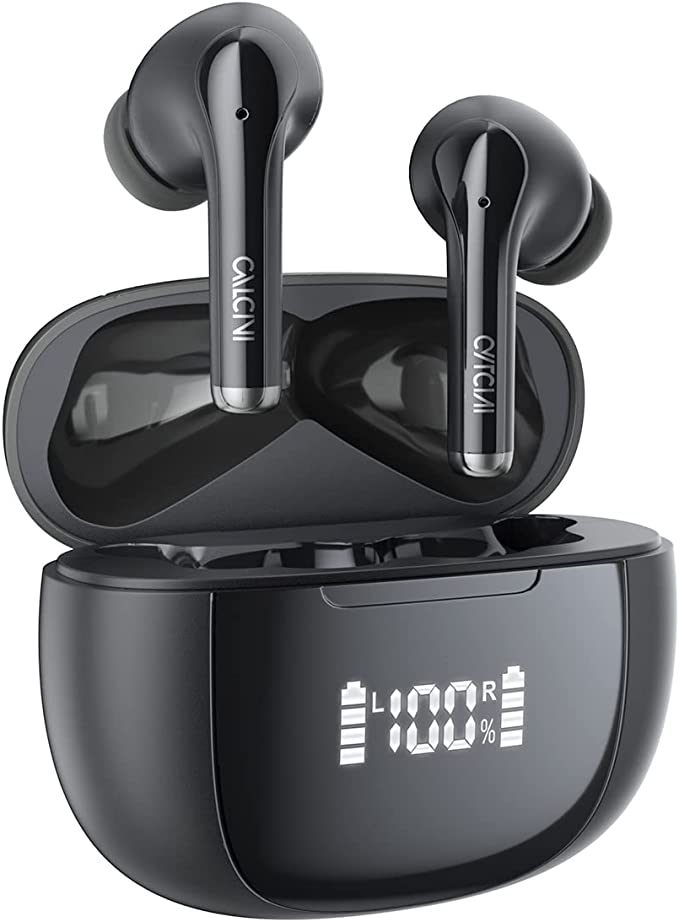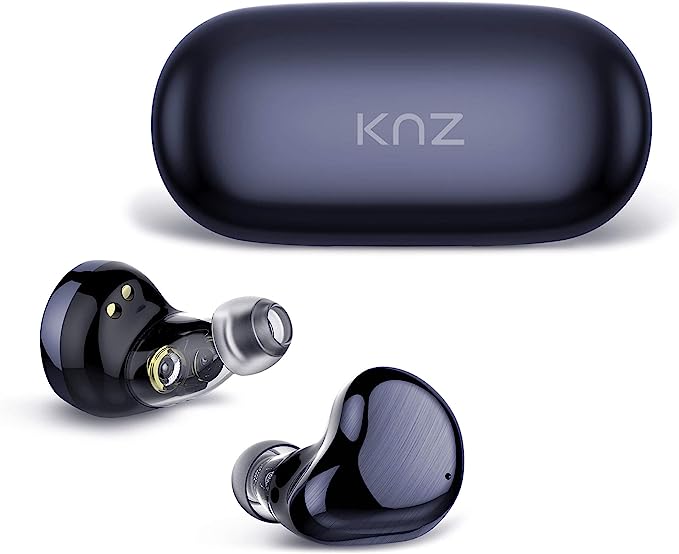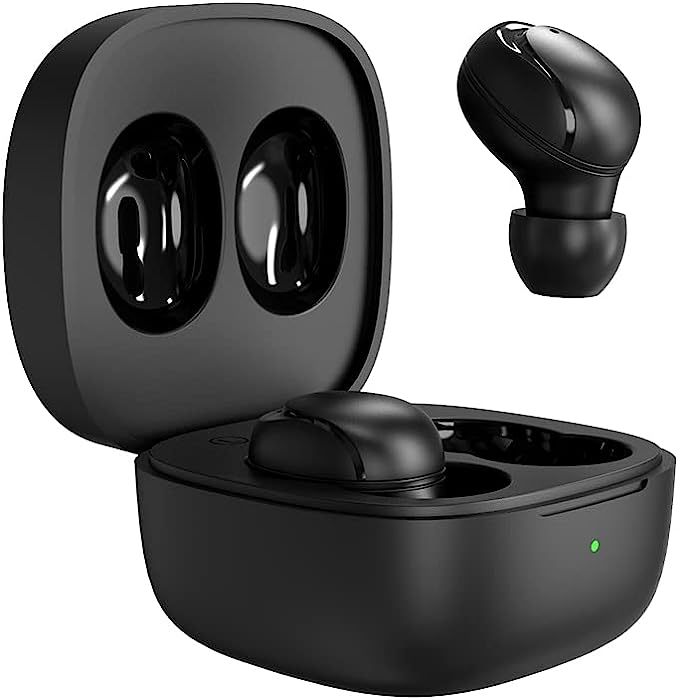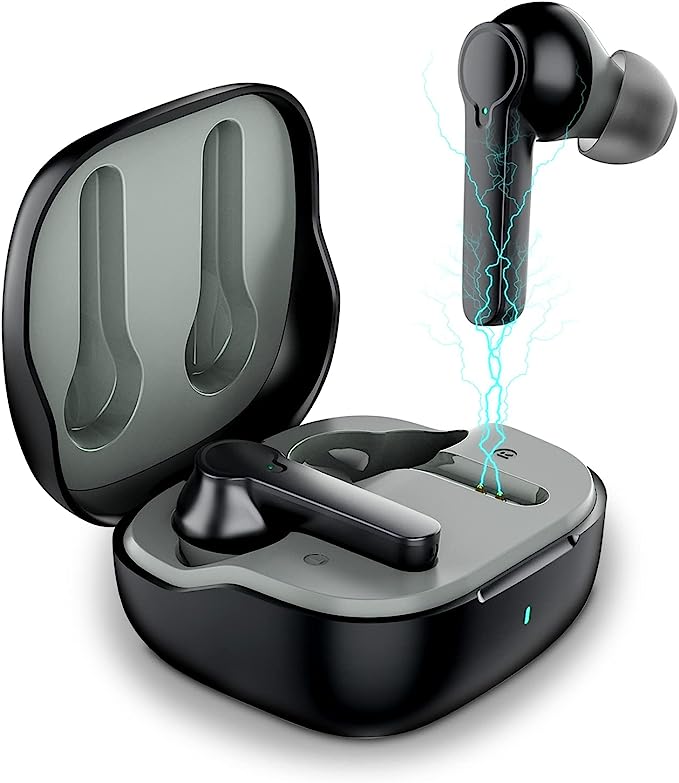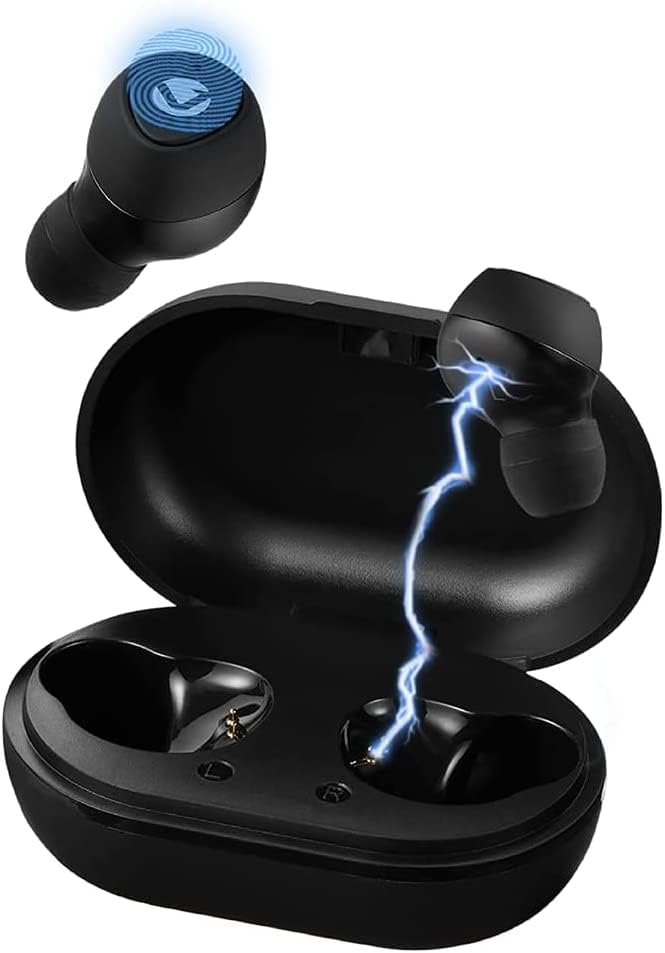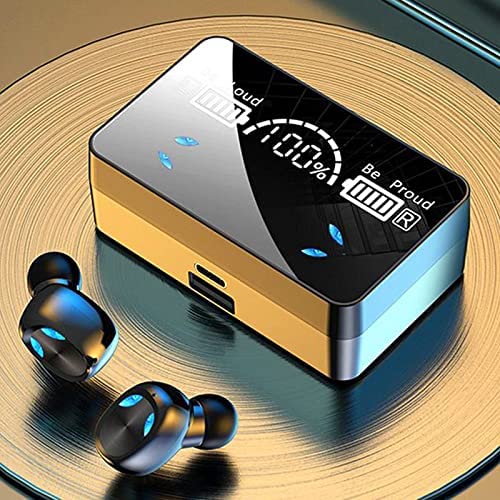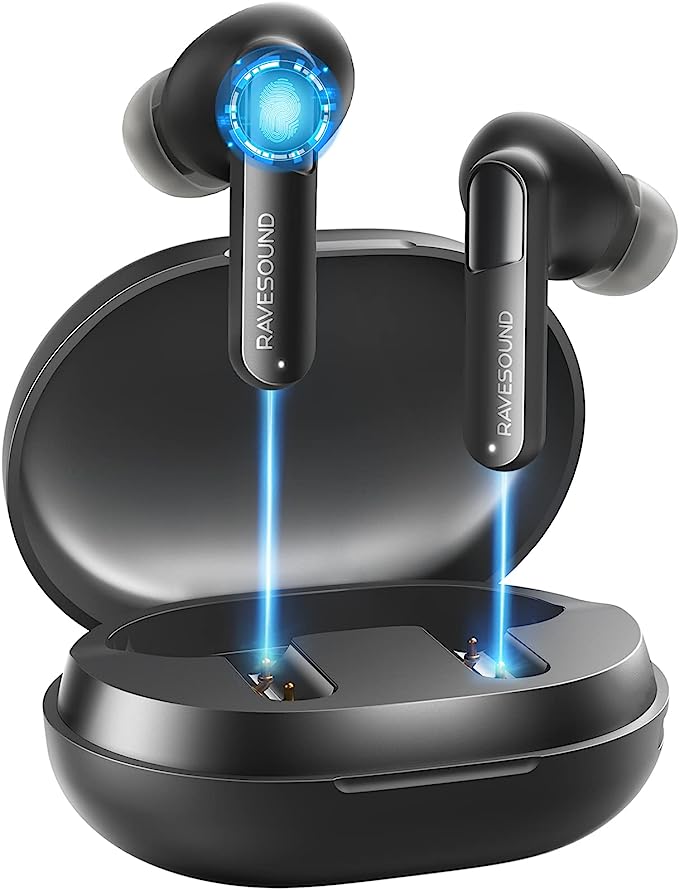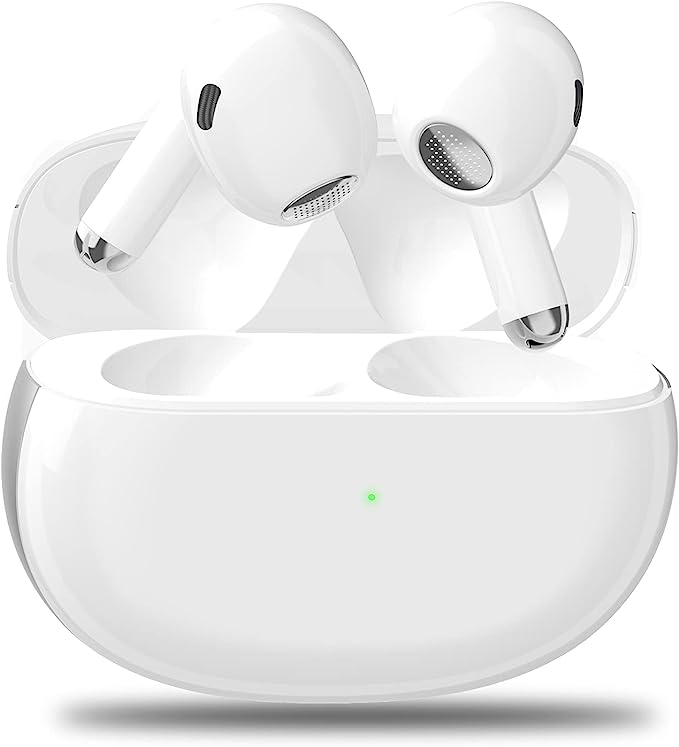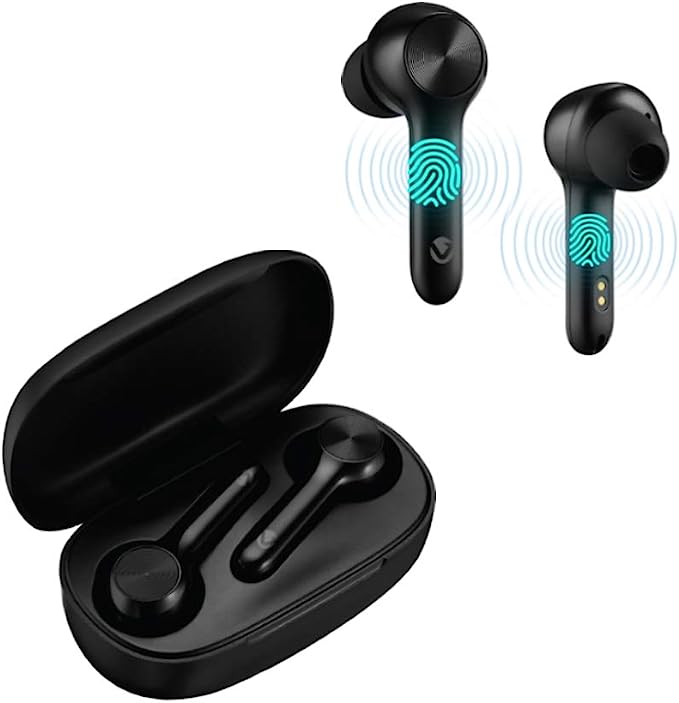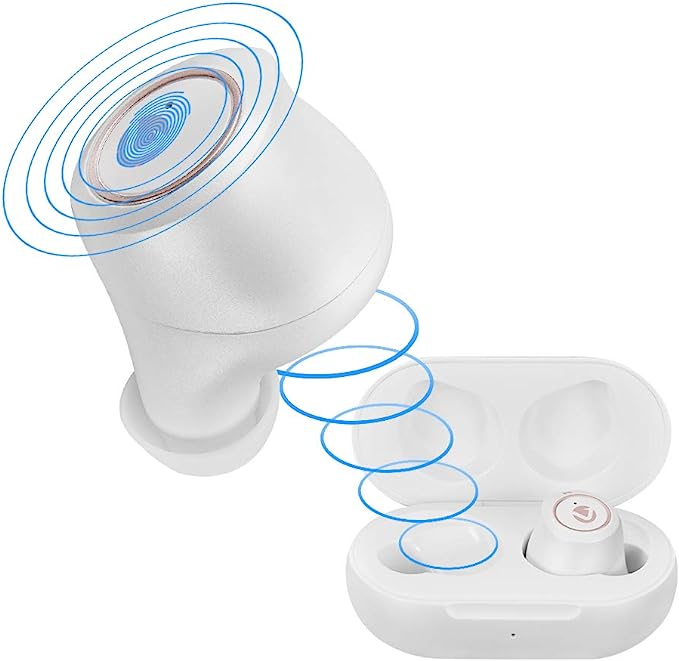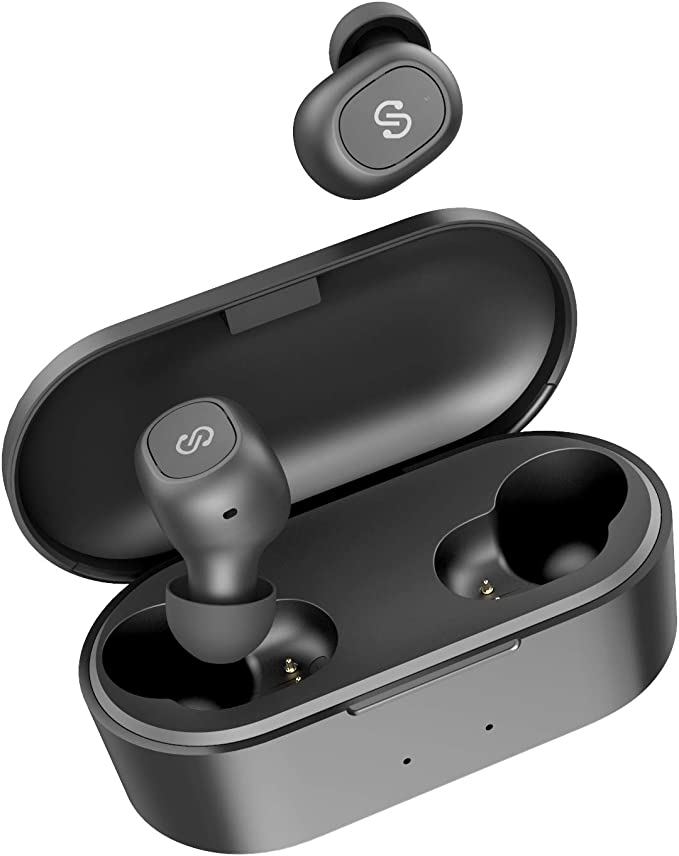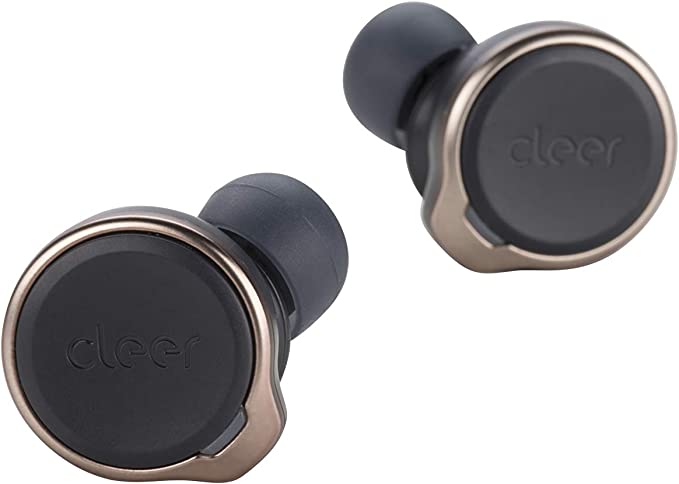Xmythorig Ultimate True Wireless Earbuds: A Marvel of Convenience and Endurance for Music Lovers
Update on June 29, 2025, 8:56 a.m.
We’ve all been there. That sinking feeling in the pit of your stomach, triggered by a tiny, flashing red light and a final, mournful beep. Maybe you were navigating a new city, miles from your hotel. Maybe you were on a crucial call, about to close the deal. Or maybe, you were just at the climax of a podcast, and silence fell. This is battery anxiety, the unofficial ailment of the 21st century, a constant, low-grade hum of dread that our digital lifelines will sever at the worst possible moment.
But what if technology, the very source of this anxiety, could also be its cure? Today, we’re going to tear down the Xmythorig Ultimate True Wireless Earbuds. This isn’t a review. It’s an expedition. We’ll journey “under the hood” to see how thoughtful engineering—in power, connectivity, and defense—is waging a quiet war against that dreaded beep, aiming to give us back not just playtime, but peace of mind.

The Mothership: More Than a Case, It’s Your Personal Energy Hub
Let’s start with the heart of the operation, the unassuming charging case. It’s easy to dismiss it as a simple plastic box, but it’s more accurate to think of it as a mobile mothership. The earbuds are the nimble scout ships, sent out on missions, but it’s the mothership that provides life support, refueling, and a safe harbor.
The source of its power is a colossal 3300mAh battery. Now, mAh, or milliampere-hour, is just a scientific way of saying “how big is the fuel tank?” To put 3300mAh in perspective, many popular smartphones carry a battery of a similar size. This mothership holds enough energy to fully refuel its two tiny scout ships—the earbuds—a staggering 25 times. With each earbud holding a 4-5 hour charge, a quick mental calculation reveals the headline-grabbing 110 hours of total potential playtime.
The technology enabling this feat is the Lithium-Polymer (Li-Po) battery. According to the basic principles of electrochemistry, these batteries shuttle lithium ions between an anode and a cathode to generate electric current. But unlike the rigid, cylindrical lithium-ion cells of old, Li-Po batteries use a flexible, gel-like electrolyte. This allows them to be molded into slim, space-efficient shapes, making them the unsung hero behind the sleek design of nearly every modern portable gadget. Even more impressively, the case’s ability to charge your phone isn’t magic; it’s a direct application of the law of conservation of energy, converting its stored chemical potential into a steady electrical current to lend a helping hand to your other devices.

The Invisible Leash: How Bluetooth 5.0 Set Our Music Free
Remember the dark ages of Bluetooth? The cryptic codes, the failed pairing attempts, the maddeningly specific sequence of button presses? The “One Step Pairing” touted here feels like a quantum leap, and it is, thanks to Bluetooth 5.0. Think of it as an invisible, intelligent leash. The first time you connect, your phone and the earbuds perform a digital handshake, exchanging security keys and remembering each other. From then on, the moment the earbuds leave the case, they call out, “I’m here!” and your phone instantly recognizes their signal, latching on automatically.
As defined by the Bluetooth Special Interest Group (SIG), the industry body that governs the standard, Bluetooth 5.0 brought three game-changing improvements: it’s faster, it has a longer range, and, most crucially, it’s far more power-efficient. The Bluetooth Low Energy (BLE) protocol allows the earbuds to sip power instead of guzzling it, which is fundamental to achieving that 4-5 hour runtime on a single, tiny battery. It also delivers a more stable signal, which is critical for True Wireless Stereo (TWS) technology—the complex digital choreography required to keep two completely separate earbuds playing in perfect, synchronized harmony.

The Force Field: What IPX7 Really Means When Life Happens
Picture this: you’re out for a run, hitting your stride, when the sky opens up. Or you’re deep into a workout, sweat pouring down. In these moments, your tech’s mortality is front and center. This is where the earbuds deploy their invisible force field: an IPX7 waterproof rating.
This isn’t a vague marketing claim; it’s a specific certification based on the international standard IEC 60529. Let’s decode it like a spy: * IP stands for Ingress Protection. * The X means it hasn’t been rated for dust protection. * The 7 is the hero number. It means the device can survive being fully submerged in up to 1 meter (about 3.3 feet) of static fresh water for 30 minutes.
This incredible resilience is often achieved through a combination of precision seals and a hydrophobic nano-coating. Imagine painting the internal electronics with a material that, at a microscopic level, resembles a forest of tiny, water-repelling spikes. Like the surface of a lotus leaf, this coating forces water to bead up and roll off rather than seeping in.
However, it’s crucial to heed the warning: the charging case is not waterproof. The mothership must stay dry. This is a deliberate engineering trade-off. The open USB port and the seam of the lid are natural weak points. Sealing them to an IPX7 standard would be complex and costly, so its role is relegated to a dry, safe base of operations.

The Whispers and the World: Understanding Sound and Silence
An earbud’s ultimate mission is sound. The product page mentions “Noise cancellation technology,” but it’s important to understand what this likely means. In the world of consumer audio, there are different kinds of silence. * Passive Noise Isolation: This is the most basic form. The silicone eartips create a physical seal in your ear canal, blocking outside sound just like a good pair of earplugs. Changing the size of the eartips, as the manufacturer suggests for better bass, directly improves this physical seal. * Call Noise Cancellation (cVc): This is the more probable technology at play here for calls. It’s not about making your music sound quieter; it’s about making you sound clearer to the person on the other end of the line. Using its microphones, the earbud’s processor acts as a smart filter. It identifies the frequencies of your voice and actively reduces the surrounding noise—the coffee shop chatter, the wind, the traffic—before sending the signal.
This is all managed through the multi-function touch controls. These aren’t clunky physical buttons. They work on the principle of capacitance—the same technology as your smartphone’s screen. Your body holds a natural electrical charge, and when your fingertip touches the surface, it alters the electrical field, which the earbud registers as a command. This seamless design isn’t just for looks; it eliminates openings and moving parts, making the earbud’s “force field” all the more robust.

Wielding Technology, Reclaiming Your Peace of Mind
Let’s return to that moment of anxiety—the dead battery, the severed connection. Now, picture it differently. With a 110-hour energy reserve in your pocket, a connection that’s steadfast, and a design that shrugs off the rain, the anxiety recedes. It’s replaced by a quiet confidence, a sense of control.

The Xmythorig Ultimate earbuds, then, are more than a collection of features. They are a case study in a design philosophy aimed directly at a modern malady. They demonstrate that the best technology doesn’t always add complexity. Sometimes, it works silently in the background to remove it, untethering us from our chargers and our worries, and in doing so, giving us back a small, but profound, piece of our freedom.
